The glory days of the muscle-car era were fueled by a war between American automakers for stoplight-to-stoplight power and speed. The victors were speed demons who craved increasingly powerful engines that were stuffed into sleek small and midsized sedans. These large-displacement engines offered thunderous excitement with rubber-shredding horsepower. Eventually, stricter emissions, oil embargoes and skyrocketing insurance premiums brought the golden age of American muscle to an end, but legends never die. In this edition of Muscle Car Mania, we delve into a few of the mythical Chevrolet* muscle-car engines that were too good to forget.
SMALL BLOCK
In the early 1950s, the hot-rod community shrugged Chevy off with its reliable, but underwhelming, Stovebolt Six* engines. But everything changed in the fall of 1954 with the launch of the groundbreaking small-block V8. Once speed enthusiasts discovered this lightweight, compact powerhouse, it outshined the flathead Ford* as the star of the strip. The first-generation small-block Chevy V8 has had an impact like no other eight-cylinder engine in history due to its simplicity and compact power. These engines were easy to work on, with opportunities to upgrade components. The first-generation small blocks offered variants that approached 400 horsepower by the early 1970s. Affordable and easy to find, the original small block remains the most popular high-performance classic-car engine in the world.
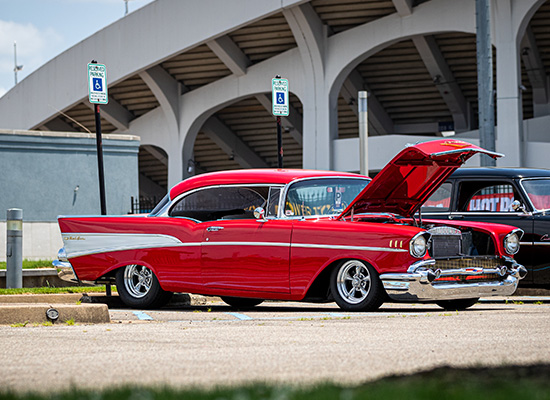
265 V8
In 1955 and ’56, the 265 small-block V8 powered over half of all new Chevys. The engine came in three configurations: the 162-hp two-barrel, the 180-hp Power Pack* with four-barrel and dual exhaust and the coveted 195-hp Super Power Pack* with a solid-lifter Duntov* cam, higher-compression pistons and free-flowing dual exhaust. Over the next couple years, the 265 added dual four barrels and fuel injection to put out 283 horses in 1957, 327 hp in 1962 and 350 hp in 1966. Horsepower ratings reached up to 375 in the Corvette.* In all, over 1.5 million 265-powered Chevrolets were sold.
283 V8
The 238 V8 powered vehicles from 1957 to 1967. It was incredibly versatile, but classic-car enthusiasts remember it as the first production engine that could produce one horsepower per cubic inch of displacement using a Duntov camshaft and Ramjet* fuel injection. Enthusiasts upped the ante by boring the cylinder walls for up to 301 cubes. In the ’60s, enthusiasts started adding larger intake valve heads and dual carbs, or an aluminum high-rise four-barrel Carter* AFB or Holley* intake.
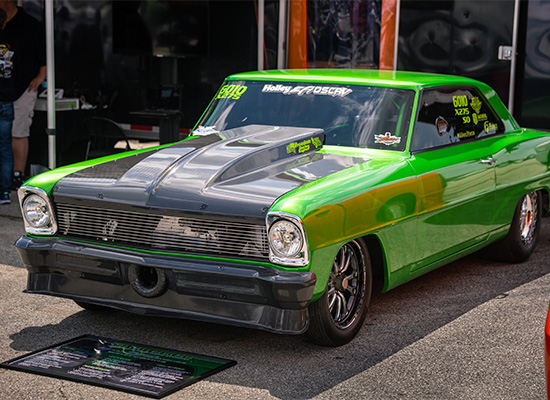
L65 327 V8
From 1958 through 1964, Chevy bored and stroked the 283 to 327 cubic inches. The highest factory rating for the 327 in 1964 and ’65 was 375 hp in Corvettes with Ramjet fuel injection. The power curve was 2,700 to 7,200 rpm. Some 327s were equipped with a new 750- cfm, dual-inlet Holley 3310 carb for even more power.
348 V8
The 348 V8 was originally designed for heavy-duty trucks, but to enhance performance, Chevy added more
compression, a high-lift camshaft and tri-power induction. The production model was a torque beast capable of making over 300 horsepower to about 5,500 rpm. The 348 frequently put Chevy in the winners circle in 1960 and ’61.
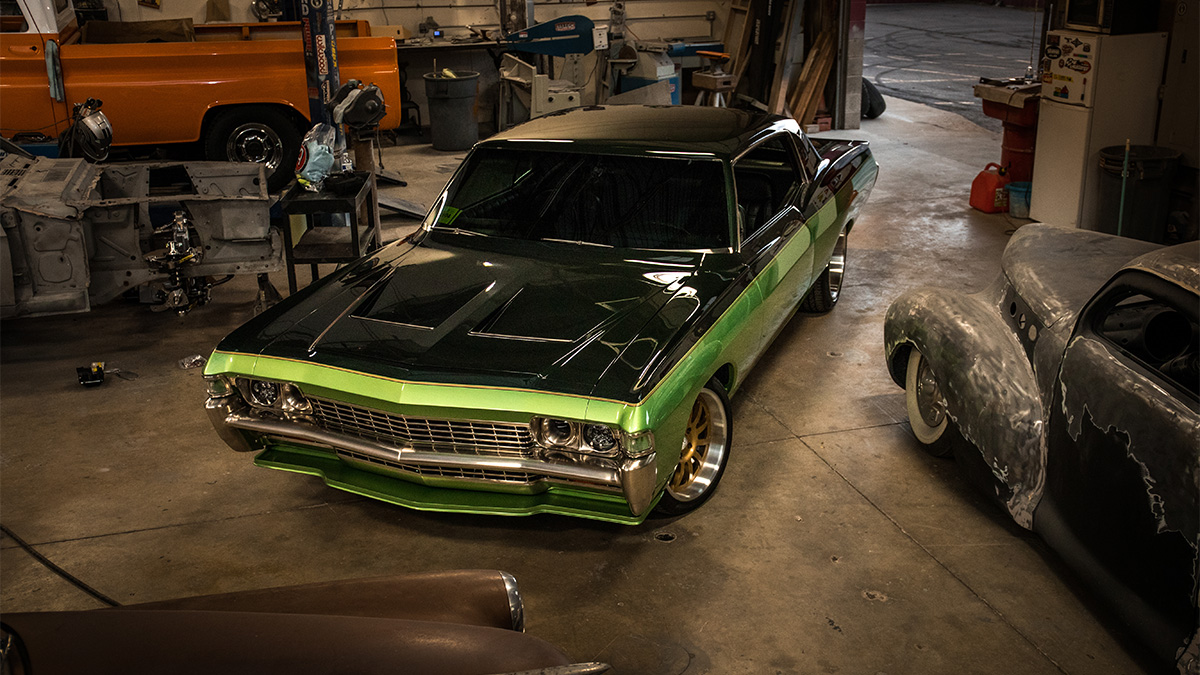

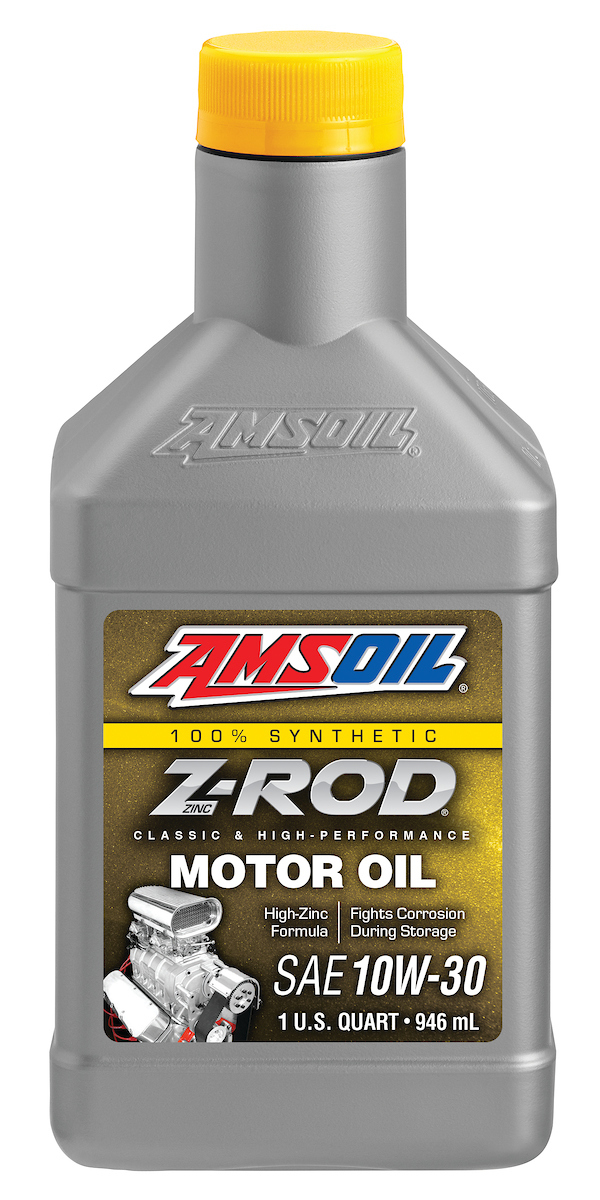
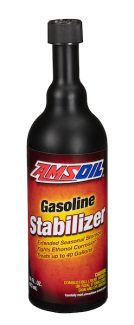
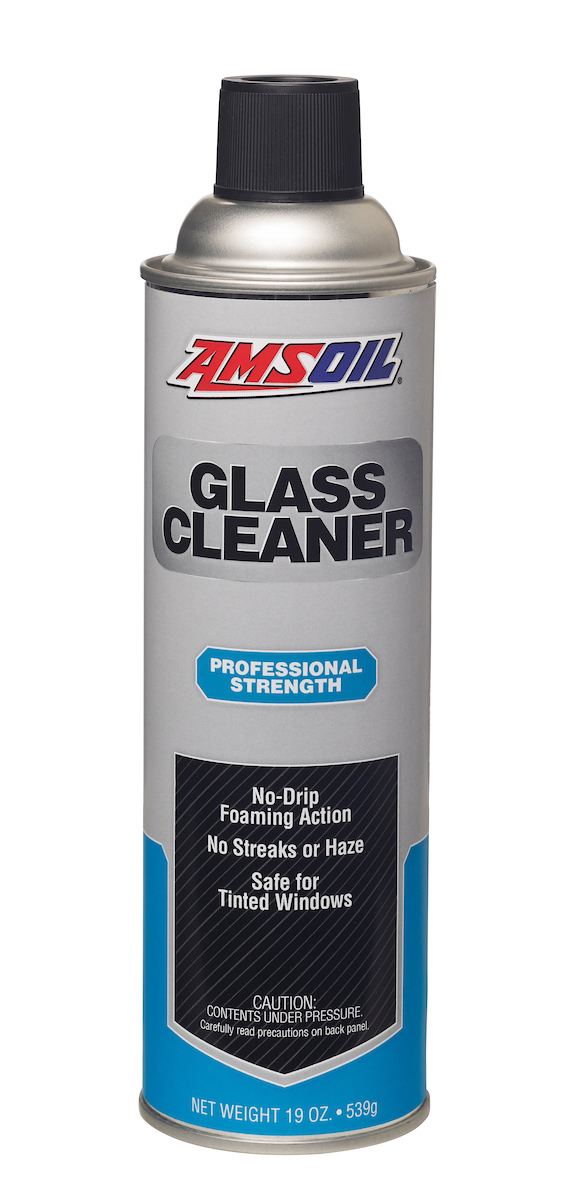

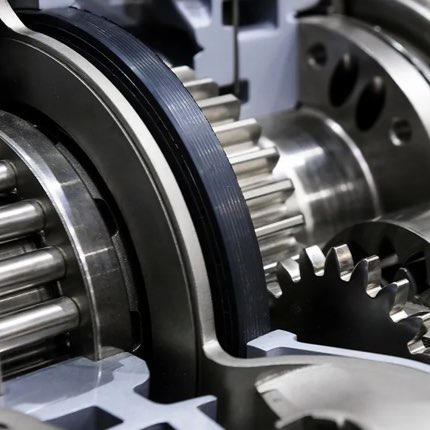
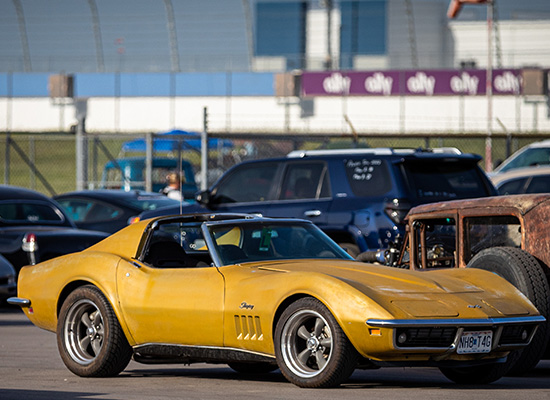
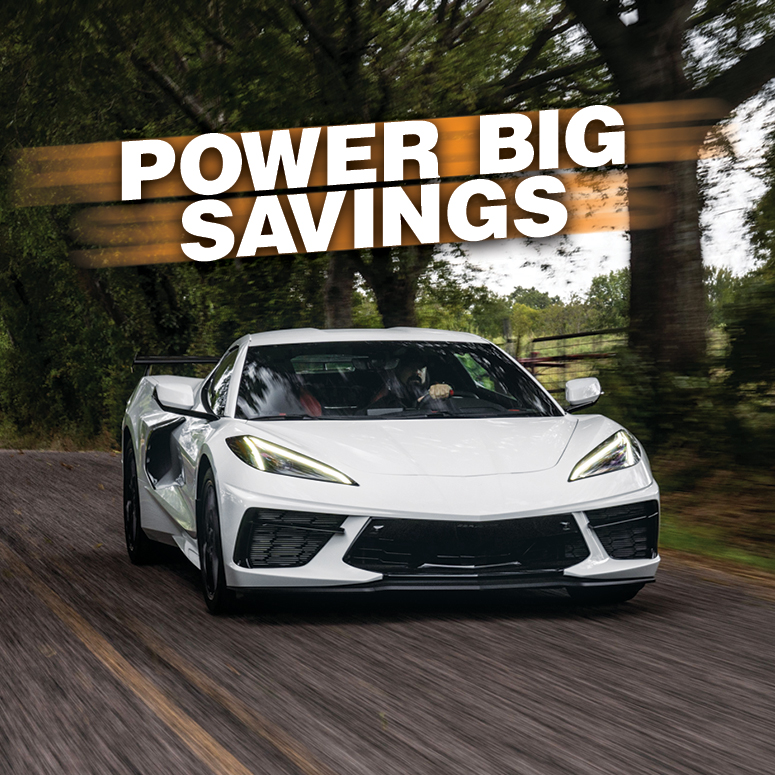
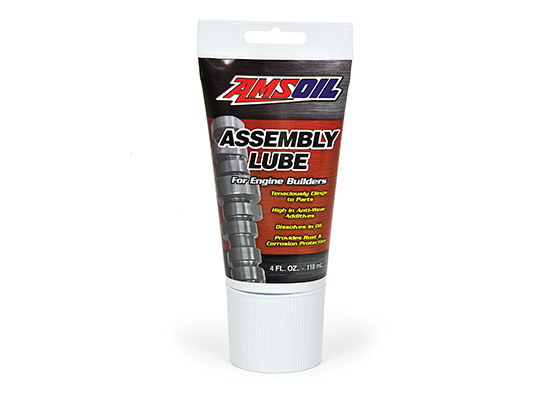
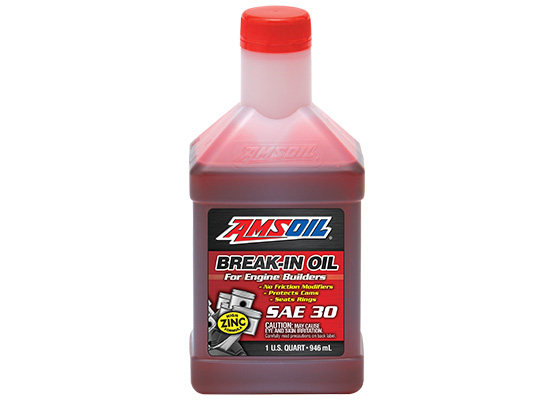
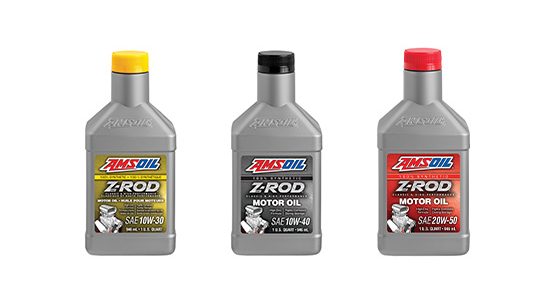
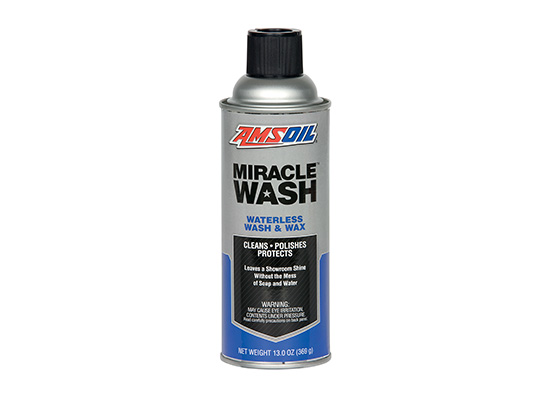
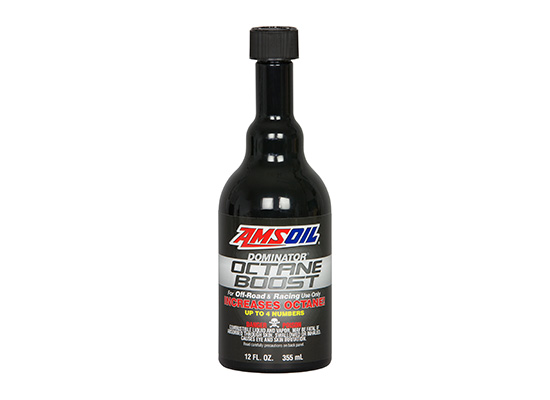
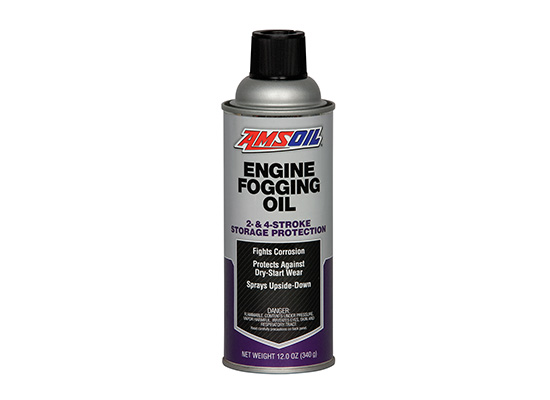

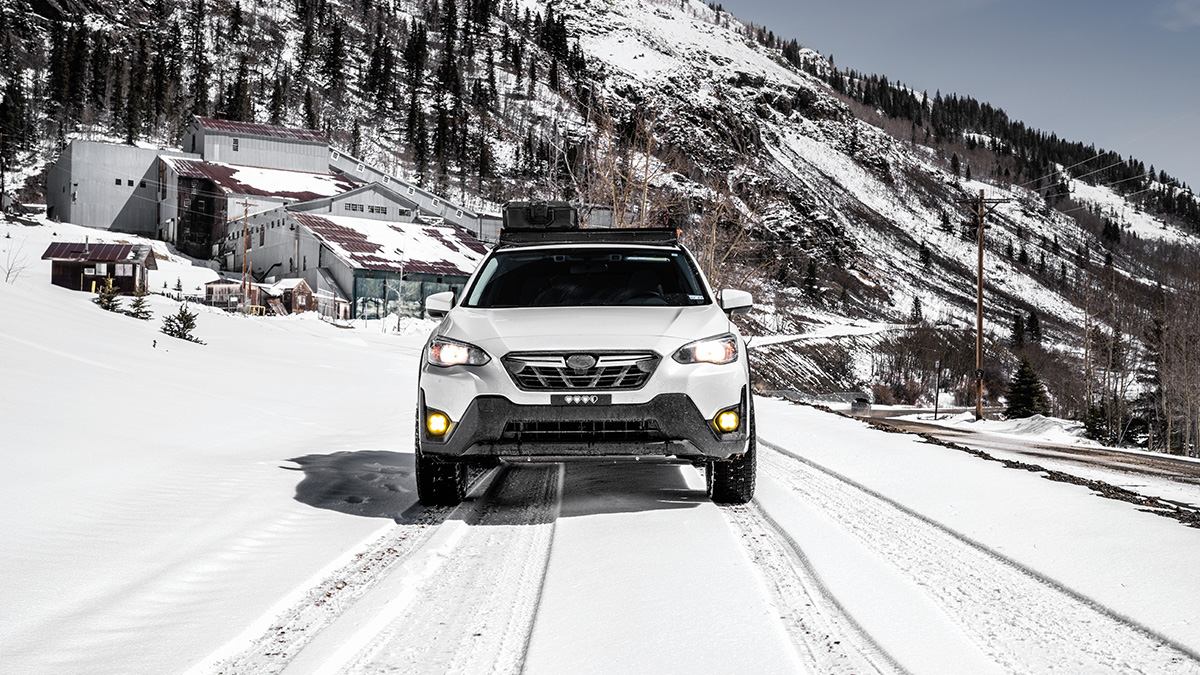
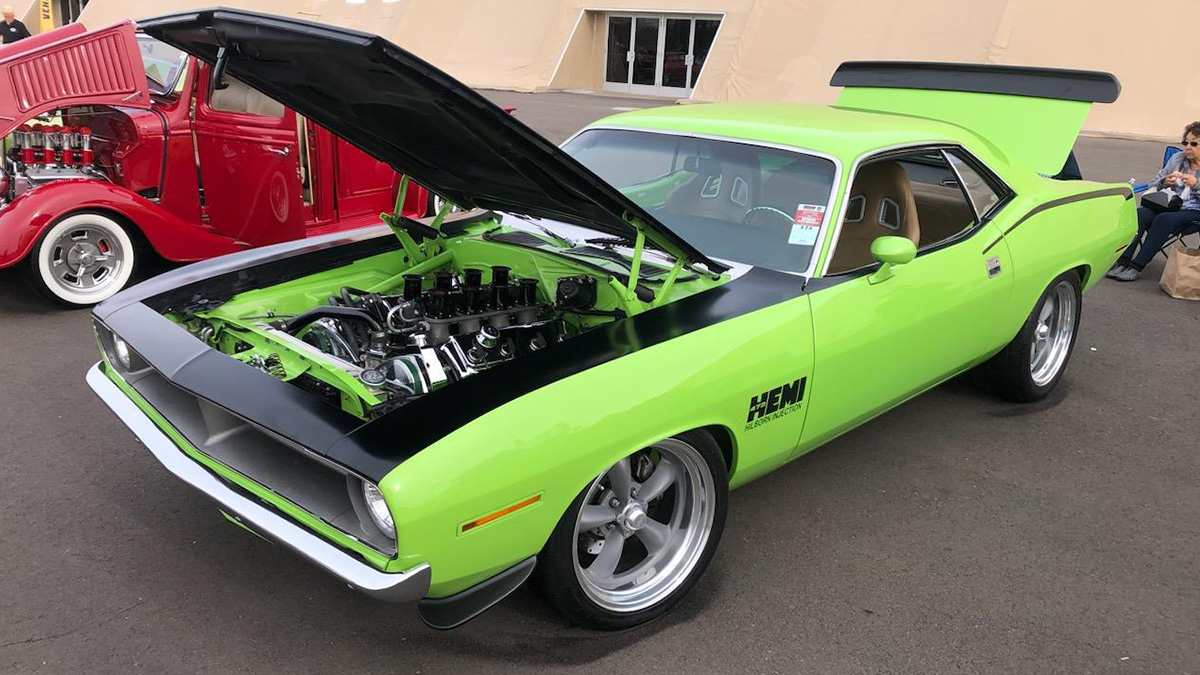
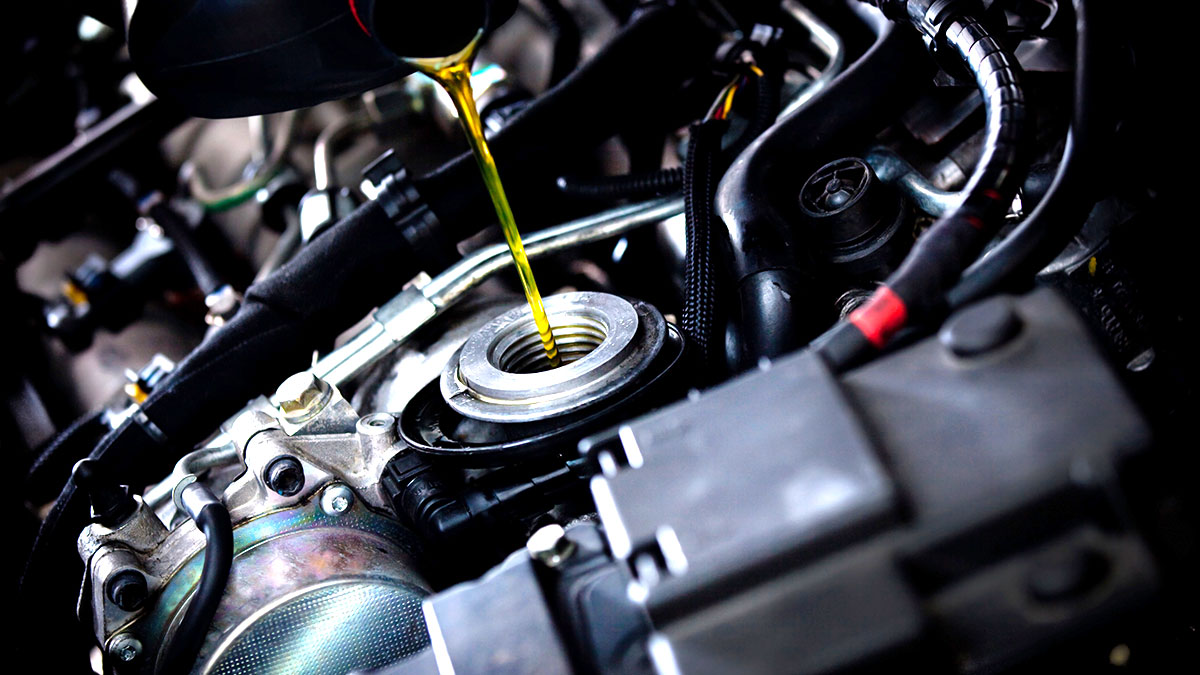
Comments
Brad Nelson is a staff writer for AMSOIL. Outside of work he enjoys family adventures, wilderness exploration and riding/wrenching on vintage metric motorcycles.
Share: